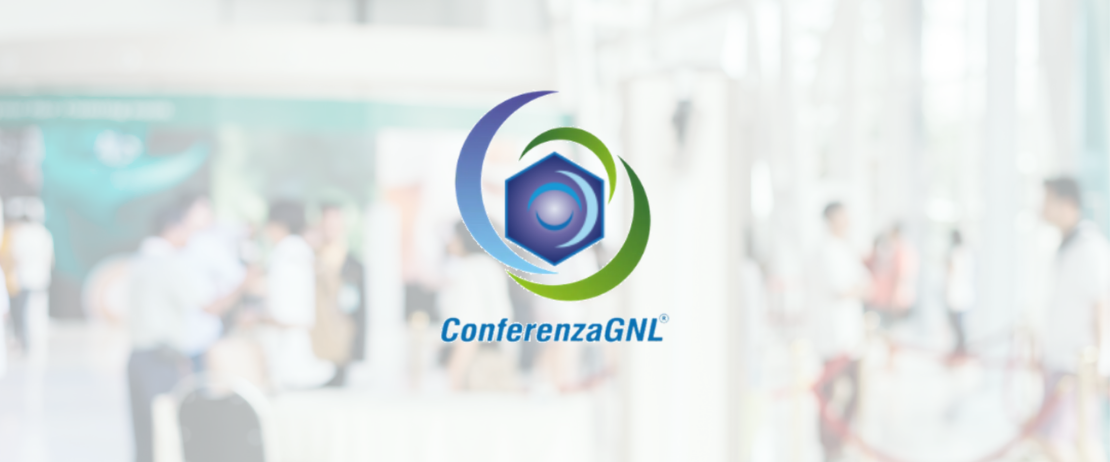
di Diego Gavagnin
Just over a month to go before the traditional event promoted and organised by Mirumir to take stock at national and international level of developments in the direct use of LNG (Bologna, 6-8 October). We are approaching the ten-year anniversary of the first conference in April 2013, but some stocktaking will already be possible. At last we will be able to talk in person, touch the technological advances, exchange ideas and information, draw future prospects, without the aseptic filter of monitors.
The use of liquid methane, both large and small, has made giant strides in recent years. We will not write about the numbers here, which will be illustrated in Bologna. We do note, however, that it was the only energy carrier whose use and trade grew even during the most critical periods of the epidemic and the resulting global economic slowdown.
Emerging unscathed from the heavy months of the covid has only one meaning: LNG is indispensable for a smooth energy transition. This is (unfortunately) also reflected in the current upward trend in prices, due to strong demand to which supply is struggling to adjust. The most negative effect of the epidemic has been to curb plant construction and delay investment decisions.
In recent months there has been much talk of alternative fuels (and an overview will be available at the same time as ConferenzaGNL); these will come and compete in the future with LNG in transport and other uses, but the trend in orders for LNG trucks and ships tells us that this is the market's choice for the life cycle of the vehicles they have to acquire today (25 years for ships under construction!).
At the same time, new solutions are being developed to make the use of LNG less and less impactful. Not only bio-LNG, which will play a key role in the short term, but also synthetic methane, fuel cells, mixtures of methane and oxygen, as in space launchers. Other solutions are also gaining ground, such as carbon-free LNG cargoes, with the purchase of corresponding emission credits. This is economically viable because methane is already the fuel with the lowest environmental impact.
Certification systems are spreading in all countries. A global system recognised by LNG exporting and importing countries is urgently needed. It will also be necessary to calculate and see how to attribute 'carbon free' quality also to LNG batches that after transferring arrive in the engines of trucks and ships (as well as trains, isolated industries and networks, buses, waste compactors….). A topic for the coming months, but it will already be discussed in Bologna.
Looking at Italy after the holidays, there is much confirmation in the land sector, with Italy firmly in first place in Europe (and second in the world, after China) for service stations and the number of trucks on the road. Germany is still at a distance, but is catching up fast.
We are waiting to see the concrete results of the PNRR complementary fund incentives for maritime LNG. The fire brigade's guidelines for refuelling LNG ships in ports are now available, although with very strict safety limits, despite the fact that these operations have been widespread for years in other developed countries such as Italy. The hope for Italy is to see a rapid recovery and not remain the global tail-end of the sector.
After the start-up of the Santa Giusta LNG coastal depot in Sardinia, the opening of the Ravenna depot is confirmed in the same days as the Bologna conference. In this way, the south of Italy will have the chance to catch up with the rest of the country in the use of LNG, reducing if not eliminating the higher cost of transporting LNG from Marseille.
That said, looking at the first 8 months of 2021, the progress in the methanisation of Sardinia thanks to LNG is striking. From a single city network fuelled by vaporised LNG in 2020, we have risen to 22 at the end of August, thus resolving the age-old issue of unequal treatment between Sardinian and continental citizens.
See you in Bologna!
 EN
EN  it
it

